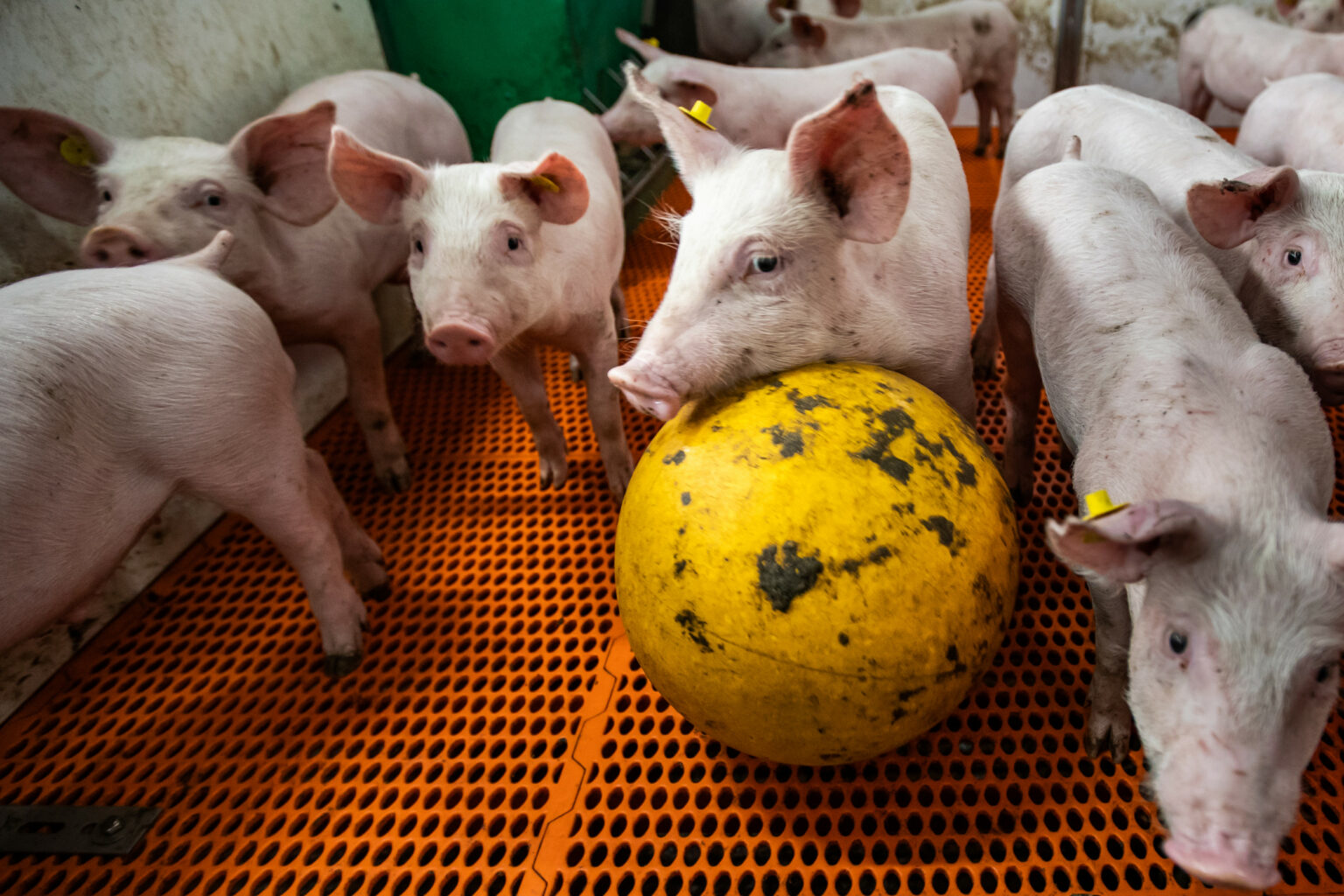Despite this long-term decline, pork production in Germany is expected to see a slight increase, as economic conditions for pig farmers have improved. For the first time in a long while, pig farmers in Germany have been able to turn a profit.
One of the main challenges facing Germany's pig farming industry is animal welfare. In 2015, the "Animal Welfare Initiative" was launched, bringing together the agricultural sector, the meat industry, and retailers to promote more humane and sustainable meat production. Farms participating in the initiative are regularly inspected to ensure they meet animal welfare standards.
In 2023, the federal government introduced a national labeling system for pig products, aimed at increasing transparency for consumers. Starting in 2025, labeling will be mandatory for fresh, chilled, or frozen pork products, allowing consumers to easily understand the conditions under which the pigs were raised.
Competition in the meat industry, combined with changing consumer preferences, has intensified. Large companies like Tönnies and Westfleisch are gaining market power, forcing smaller farms to close due to increased pressure. This shift is likely to further concentrate the market and increase the pricing influence of these larger companies.
Consumer demand for meat in Germany has been declining for over a decade, leading to reduced pig stocks and higher livestock prices. Some retailers, such as Aldi, Lidl, Rewe, and Edeka, have committed to offering a larger range of higher-welfare meat by 2030, but the high conversion costs and difficult approval processes pose challenges to achieving this goal.
While the number of pigs in Germany has stabilized in 2024, with 16,180 pig farms remaining, experts believe the long-term trend will continue to show a decline, particularly among sow producers. This could have significant implications for the domestic supply of piglets in the future.
pigprogress.net



